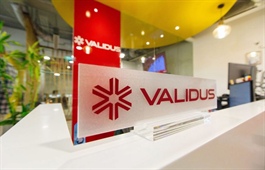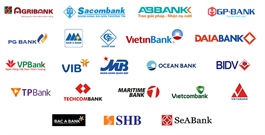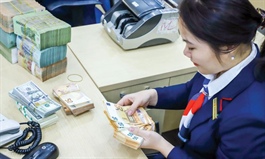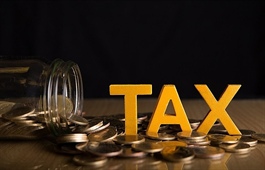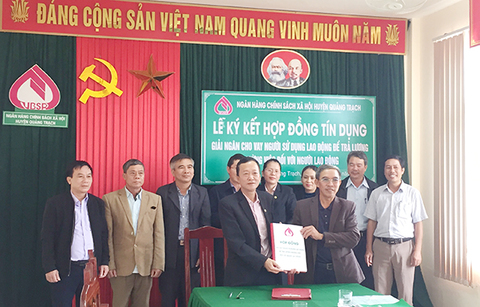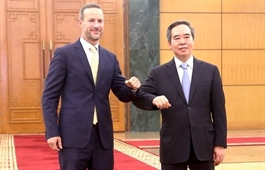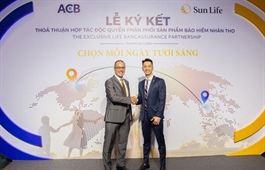Lenders utilise varied approach in FOL adjustments
Lenders utilise varied approach in FOL adjustments
Vietnamese banks are demonstrating their eagerness to tie the knot with international investors, with the expectation that cash injections will help grow the finance and banking segment on a longer timescale.

Lenders utilise varied approach in FOL adjustments, illustration photo
|
Earlier this month the Vietnam Securities Depository adjusted the foreign ownership limit (FOL) of shares in Military Bank (MB) from 22.9908 per cent to 23.0224 per cent. Among foreign shareholders, Dragon Capital’s two-member funds are the largest shareholder of MB – Norges Bank and Amersham Industries Ltd., with ownership ratio of 1.68 and 1.44 per cent respectively. The FOL in Vietnamese banking is currently capped at 30 per cent. Meanwhile Viet Capital Bank outlined its strategy to raise capital to consolidate financial capacity. The bank is reportedly deciding on its foreign cap, which will be in line with State Bank of Vietnam (SBV) regulations.
Newly-listed lender LienVietPostBank also raised its FOL from 5.5 to nearly 10 per cent. SHB, VIB, and ACB are moving focus from the capital city’s exchange to its southern counterpart, while OCB reaffirmed intentions to access a large pool of funds via its upcoming initial public offering (IPO) on the Ho Chi Minh City bourse.
The movements are envisaged to put ACB, SHB, OCB, and VIB on the radar of more high-profile investors, as the city’s stock exchange is set to attract more deep-pocketed and large institutional investors.
“Even before going public, VIB has received much attention from foreign suitors directly through our future capital increase. Their enthusiasm proves our strong showing in managing credit and retail businesses,” said Han Ngoc Vu, CEO of VIB. “To date, we haven’t outlined any plans yet but if the SBV allows us to raise the FOL, we will diversify our funding sources from overseas funds.”
Nam A Bank, after filing for an IPO on the Unlisted Public Company Market (UPCoM) in October, has also expressed its eagerness to work with overseas investors by lifting the FOL to 30 per cent.
Kyle Kelhofer, country manager for Vietnam, Cambodia, and Laos at the International Finance Corporation said, “We would like to see local authorities lift the cap in order to lure more overseas, high-quality funds. The foreign ‘room’ between 30 and 50 per cent would bring additional capital, and also help transfer international expertise to strengthen the domestic banking landscape.”
Last year, BIDV successfully completed the sale of 603.3 million shares, equal to 15 per cent of BIDV’s post-deal capital, via a private placement in South Korea’s KEB Hana Bank. Both banks’ strategic cooperation makes BIDV the lender with largest market capitalisation in the country, outpacing state-run peers VietinBank, Vietcombank, and Agribank. The deal, worth approximately $872 million, has also strengthened BIDV’s balance sheet and previously weak capital adequacy, allowing the bank to meet Basel II’s minimum capital requirements.
However, a few banks are adapting a more cautious approach regarding foreign ratio. They have actively lowered the FOL so as to reserve more opportunities for strategic partners when the economy shows signs of recovery.
In May, VPBank’s board requested approval from its shareholders to lower the FOL to 15 per cent from 22.77 per cent, while HDBank recently confirmed a decision to lock the FOL at 21.5 per cent with the goal of expediting plans with strategic partners.
VinaCapital’s chief economist Michael Kokalari explained to VIR, “Banks want to put aside shares for potential strategic investors and/or for the issuance of convertible bonds that will be sold to foreign investors at some point in the future.”
He added that it is beneficial for banks to have autonomy in deciding their FOL, without which banks’ ability to raise foreign investment would be impaired – which would in-turn limit ability to grow and supply credit to Vietnam’s economy. “Notwithstanding, there are cases in which banks lower their FOL to below 30 per cent for a prolonged period, without completing the sale of a strategic stake. This leads to a situation in which the price of that banks’ stock is below those of other comparable banks that still have foreign room available,” Kokalari said.








